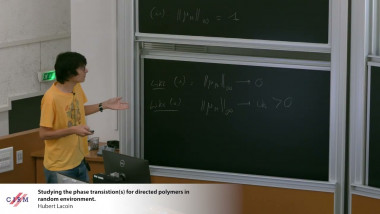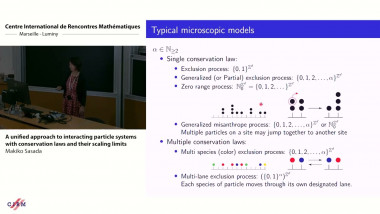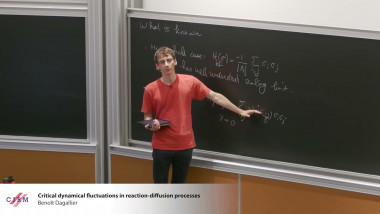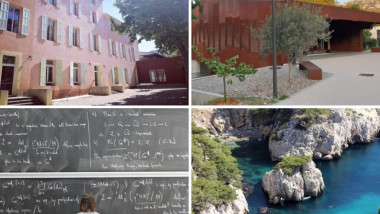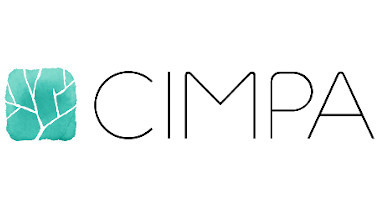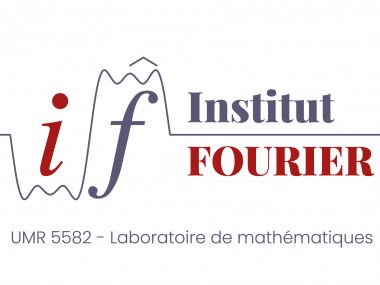Appears in collection : Random Geometry / Géométrie aléatoire
The main purpose of this work is to provide a framework for proving that, given a family of random maps known to converge in the Gromov--Hausdorff sense, then some (suitable) conditional families of random maps converge to the same limit. As a proof of concept, we show that quadrangulations with a simple boundary converge to the Brownian disk. More precisely, we fix a sequence $(p_n)$ of even positive integers with $p_n\sim2\alpha \sqrt{2n}$ for some $\alpha\in(0,\infty)$. Then, for the Gromov--Hausdorff topology, a quadrangulation with a simple boundary uniformly sampled among those with $n$ inner faces and boundary length $p_n$ weakly converges, in the usual scaling $n^{-1/4}$, toward the Brownian disk of perimeter $3\alpha$.
